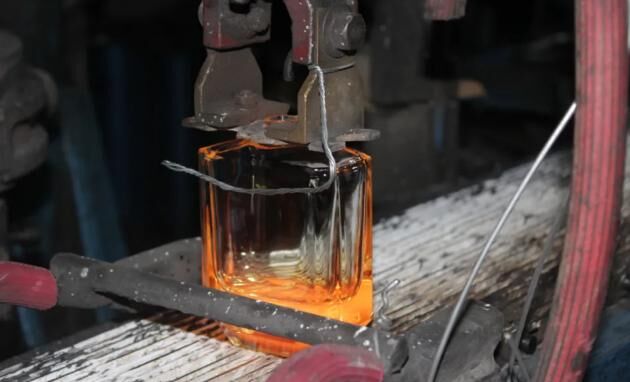Road to the decarbonization of the glass industry: electrification
Road to the decarbonization of the glass industry: electrification. Unlike steel and cement, glass has a clear path to decarbonization: electrification. However, renewable power has been scarcer than the industry had hoped, raising concerns about its ability to meet EU climate targets. The recovery rate of the glass bottle industry is as high as 70%.
To meet the EU’s 2030 decarbonization target, the glass bottle industry now hopes to switch gas furnaces to electricity supply, providing 80 percent of electricity and 20 percent of gas for businesses in a “Kiln of the Future” pilot.
Although recycling consumes less energy than producing glass bottles, it is still energy-intensive.
The energy used so far has been based on fossil fuels, making recycling and glass bottle production generally less green than is often assumed.
As a result, according to a senior spokesperson for THE European glass container industry body, FEVE, the glass container industry emits about 8-9 million tons of CARBON dioxide per year, which accounts for more than 1% of the EU’s 27 industrial emissions, a significant share.
In the face of decarbonization pressure, the glass packaging bottle industry for electrification.
The aim is to build a proof-of-concept furnace in Germany, where the Ardagh Group, a multinational glassmaker, is building a new plant.
Ardagh declined to comment on the construction status.
The goal is to build an electric furnace by 2023 that will use electricity to melt glass of various sizes and colors while being twice as energy-efficient as a traditional fossil fuel furnace.
Fabrice Rivet, FEVE’s technical director, said, “We want to show that it’s possible to meet with 80 percent electricity, and that’s the goal.”
For technical reasons, first-generation electric stoves were forced to derive 20 percent of their energy from natural gas.
For the second generation, we will definitely see how to replace 20 percent of the natural gas to bring some heat to the melt.
To do this, the industry is considering options such as second-generation electric heating, hydrogen, or biogas, and the development of the second-generation electric furnace will begin in 2027.”
If the initial pilot goes according to plan, the model could be rapidly replicated across the glass container industry, achieving a 50% reduction in emissions by manufacturers across all plants.
However, high research and development and power costs hold back the industry, which needs public support.
The Furnace of the Future project hopes to tap into EU innovation funds and is currently in the second phase of the selection process with a €20 billion grant.
Recently, the European industry has been increasingly vocal about its challenges in decarbonizing production and remaining competitive.
While the industry’s new electric stoves will be more energy efficient than traditional fossil fuel stoves, their decarbonization effect will also largely depend on the availability of renewable electricity.

About 20 percent of Germany’s electricity comes from coal and the industry is seeking green power purchase agreements to ensure sufficient quantities of renewable energy for the future.
However, the glass industry’s shift to renewable energy has also heightened concerns in other energy-intensive industries: rising demand and the slow growth of renewable electricity.
As the economy is electrified, demand for clean power is rising in new sectors such as transportation, construction, and industry.
According to industry experts, Germany’s electricity demand will soar from 567.6 billion kilowatt-hours in 2019 to 700 billion kilowatt-hours in 10 years.
As a result, UlrikStridbæk of Danish energy company ø Rated warns that renewable power capacity needs to be increased quickly, or the supply of renewable energy will soon become a bottleneck for other sectors, such as green hydrogen production.
“We need to double existing renewable energy capacity to meet the 55% greenhouse gas target set by the EU climate law by 2030,” warns Michaela Holl.
This will further encourage EU countries and private investors to build renewable power generation capacity as soon as possible.



